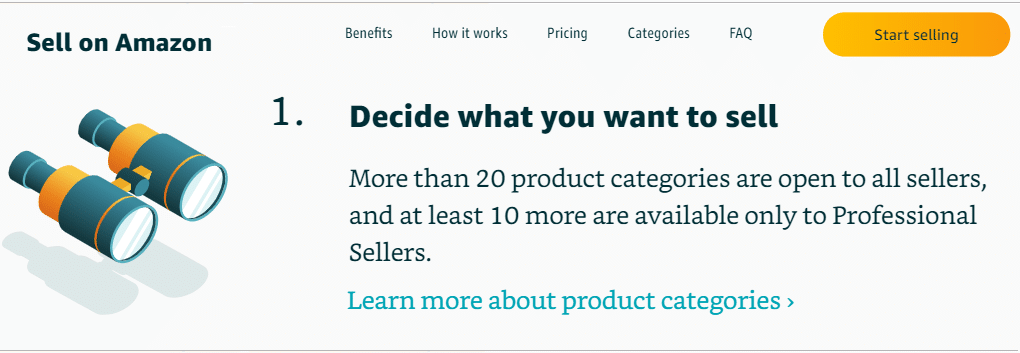Ignoring the Amazon train may soon be a thing of the past, as many small business owners are beginning to realize that joining Amazon actually helps rather than hurts them.
The ubiquitous, always accessible one-stop shop has gained the trust and loyalty of online shoppers worldwide. Are small businesses supposed to compete or cooperate with the behemoth? Here are four insights to help you decide.
1. Hop On: Meet shoppers when they price shop
Nowadays, it’s pretty common to see shoppers comparing prices of items that they see anywhere to prices they find on Amazon. This means that Amazon is acting as a second form of Google search engine results, for both retailers and their products.
While most companies already know how important it is to have a searchable presence on the web, or higher SEO, retailers should consider adding Amazon to achieve their search goals.
With the amount of traffic Amazon generates, many small businesses and IRL (in real life) businesses/retailers will likely benefit — or at least their online presence will benefit — from becoming a third party seller to Amazon.

2. Hop On: Join the growing third-party program
Amazon has focused on third party sales growth, which contributed 53 percent of total volume in Q3 2018. An astounding $31.9 billion of 2017 sales came from third party sellers of all sizes. It’s a trusted channel for your e-commerce sales.
Yet listing your product(s) on Amazon does not guarantee results. Third party sellers are limited to a range of open categories in which they can list products for sale. Other categories are subject to approval and may require sellers to commit to paying Amazon an additional $39.95 per month.
3. Hop On: Find the loyal Prime members
No doubt you have heard about Prime memberships or even belong to this Amazon club. It enables you to buy online more easily, watch video and even (soon) grocery shop without cashiers.
Amazon has an estimated 95 million U.S. Prime members, as of June 2018, who spend about $1,500 annually with them. By contrast, non-members spend an average of $600 annually on the platform.
Feedvisor (sign-up), which studied Amazon shoppers, reports that 85 percent of Prime members shop and 45 percent purchase something weekly on Amazon. That’s an intensity any retailer would covet!
4. Stay Off: Some reasons to stay grounded
There are still a few things to consider before deciding if Amazon is worth your time.
If you sell something unique, then Amazon may be a way to get noticed. On the other hand, Amazon is watching you more closely and may make moves which help or hurt you. They are now getting into sourcing or making many different kinds of products.
If you sell well-known, branded products then consider whether you want to play the pricing game. You may gain some presence though have difficulty breaking through and appearing prominently on Amazon’s listings.
For businesses who sell through physical locations, you may care about online presence through have no plans to sell online — and that’s entirely your call.
Keep your expectations in check. For small businesses and retailers, Amazon may not be the ideal place to sell products but your presence establishes credibility and demand, even off-line. Maybe you will become #AmazonAddicted
by Amanda Worrall, Dec-14- 2018
